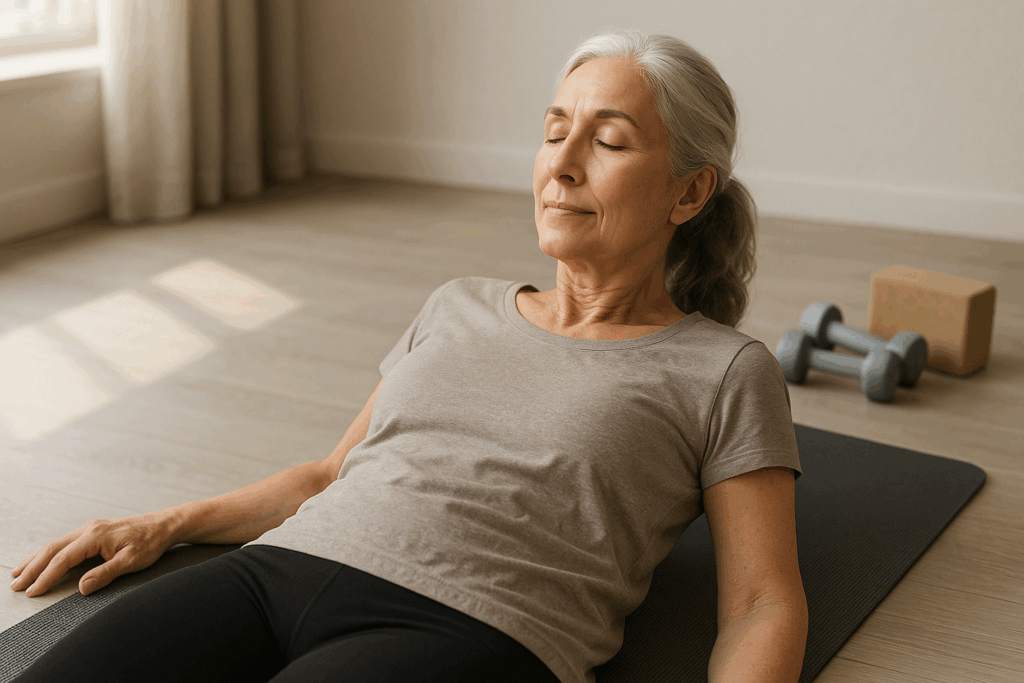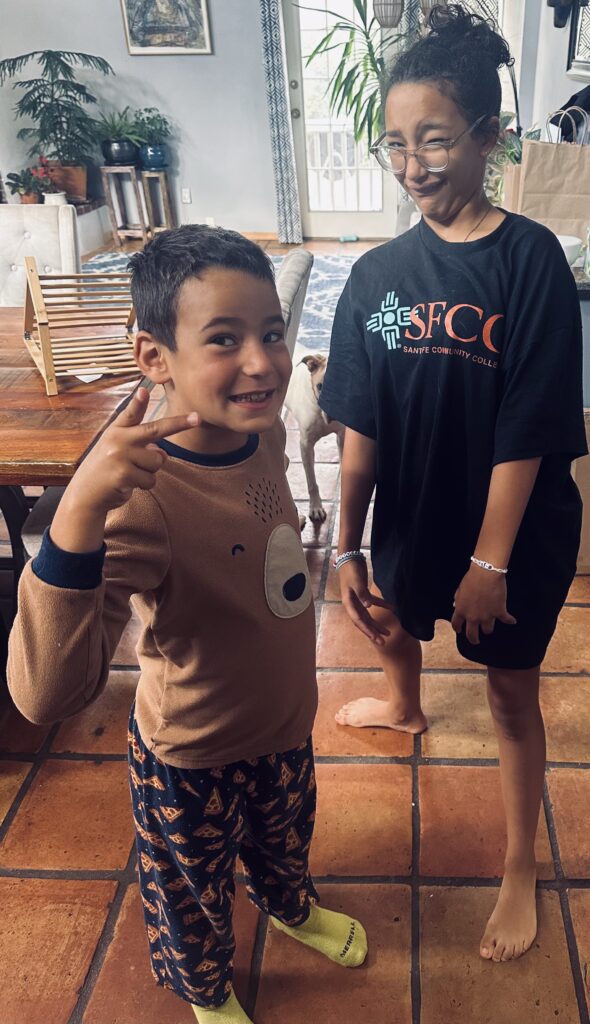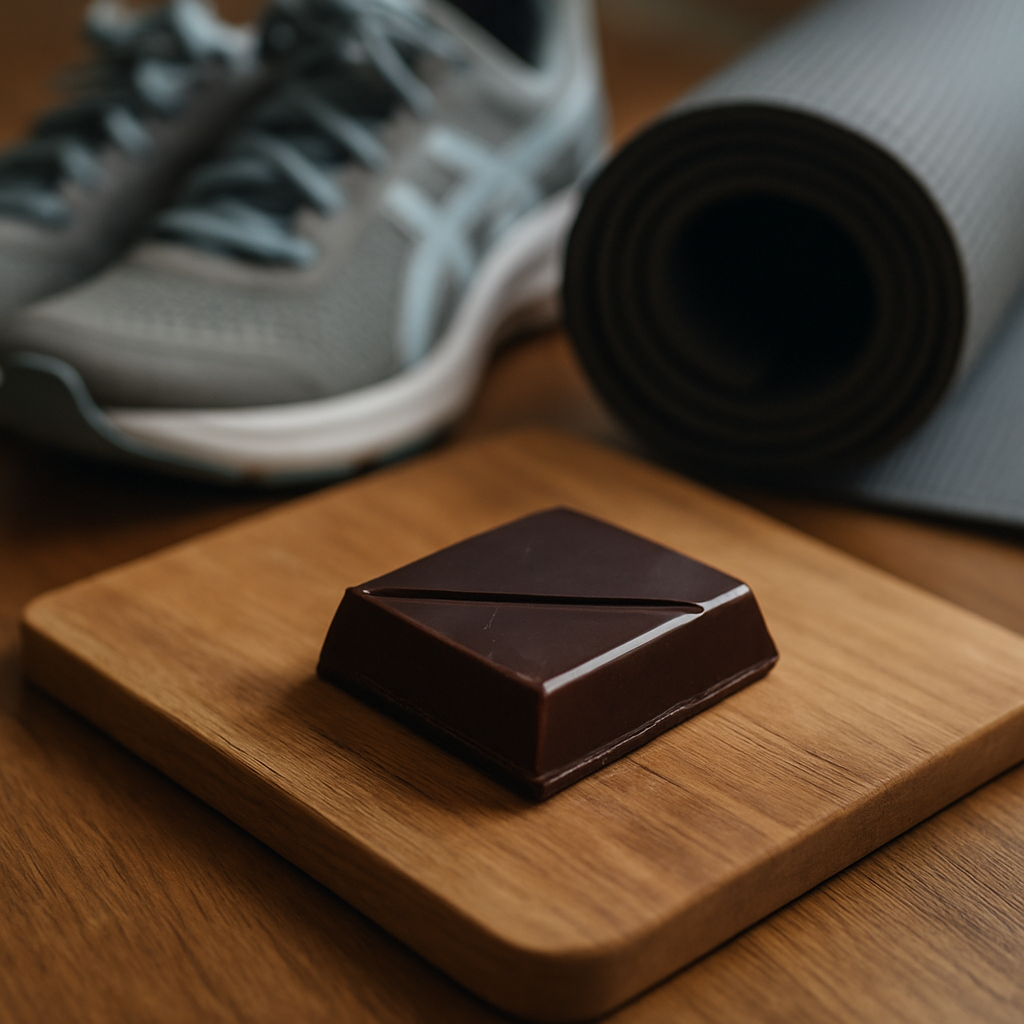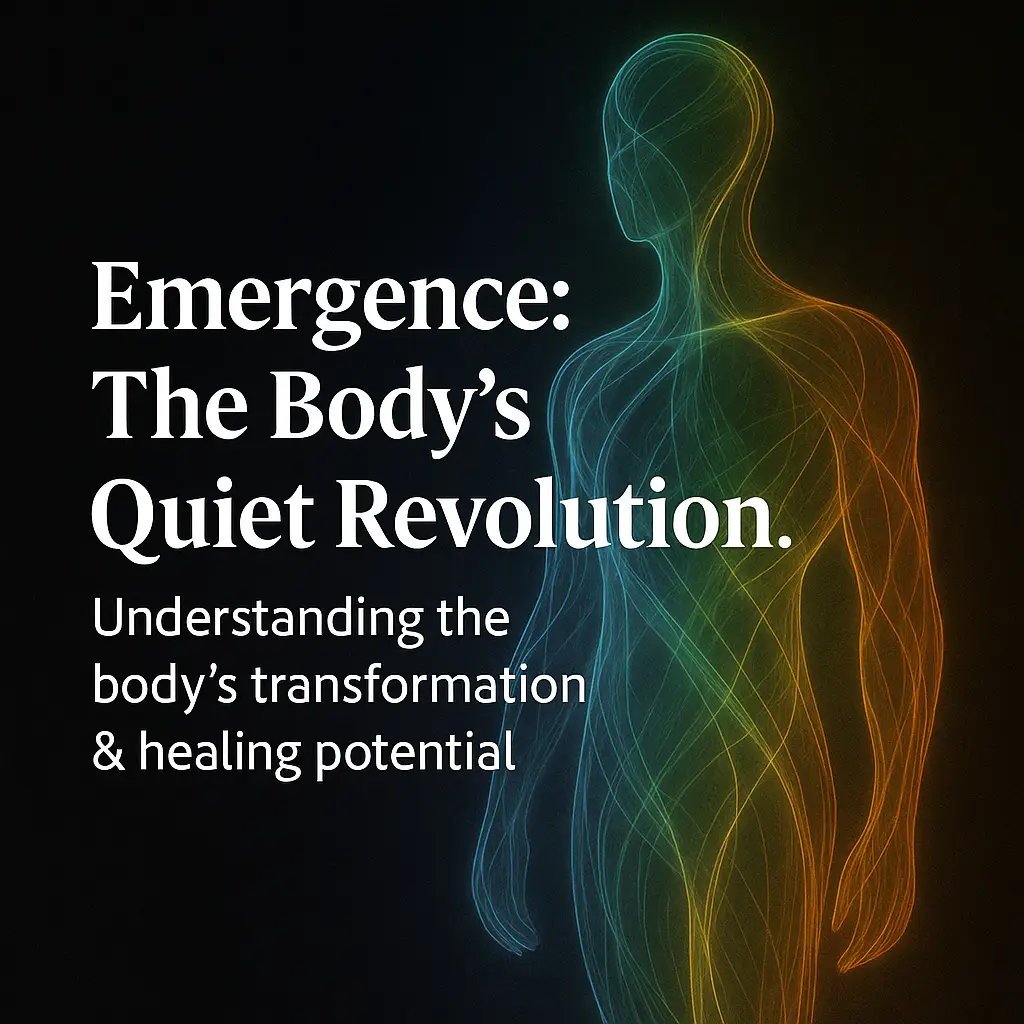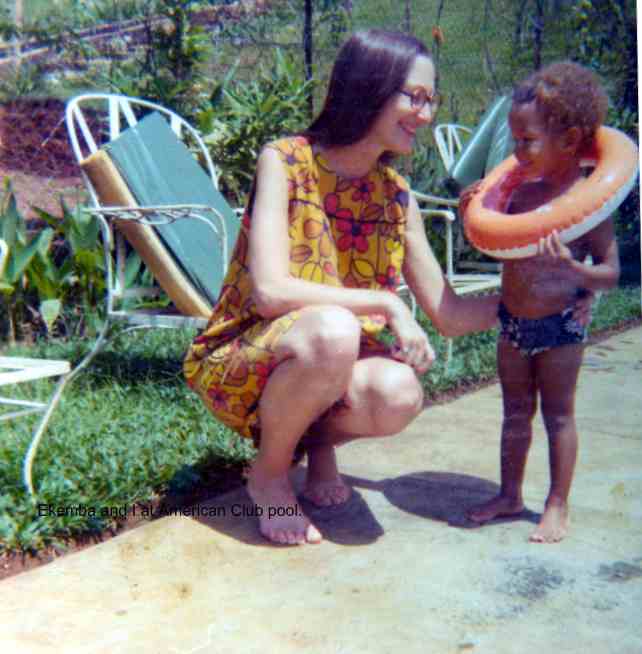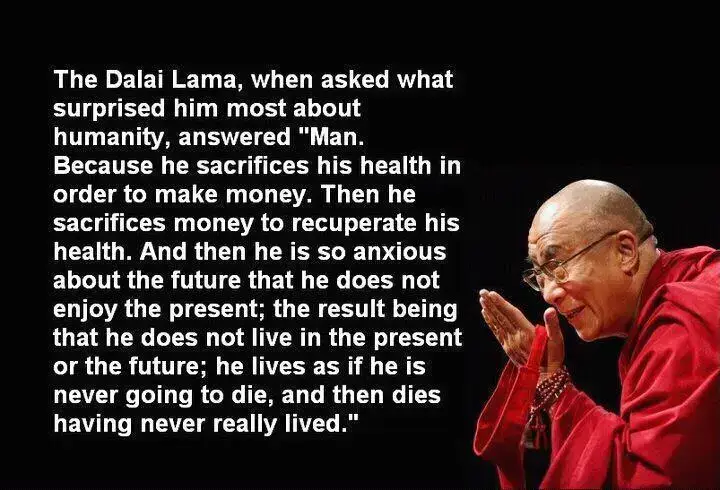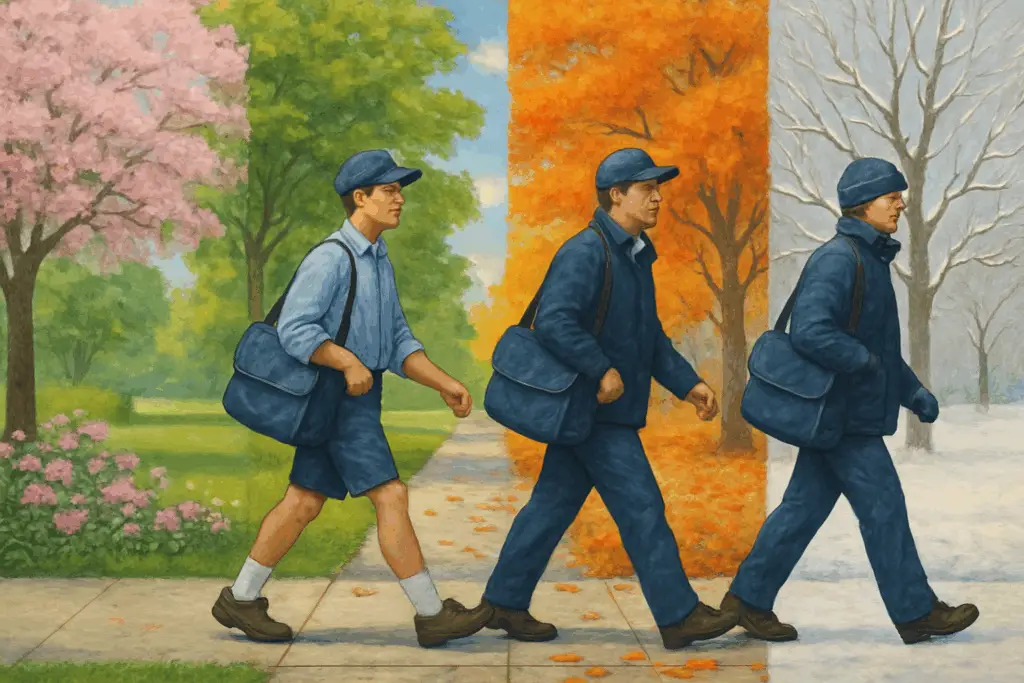
What Is National Neither Snow Nor Rain Day?
Every September 7th, National Neither Snow Nor Rain Day honors the determination of U.S. postal workers, inspired by the famous postal creed: “Neither snow nor rain nor heat nor gloom of night stays these couriers from the swift completion of their appointed rounds.” This unofficial motto, inscribed on New York’s iconic James A. Farley Post Office since 1914, embodies a spirit of reliability and grit that goes beyond just delivering mail. It traces its roots all the way back to couriers of the ancient Persian Empire, celebrated for their unstoppable delivery—even in the harshest conditions.
Bringing Postal Resilience Into Fitness and Health
While most people aren’t trekking through snowstorms with letters in hand, everyone faces days where “rain, heat, or gloom” can stall healthy habits or self-care routines. The real lesson from National Neither Snow Nor Rain Day isn’t just about mail—it’s about showing up, no matter what.
Imagine applying this mindset to movement, nutrition, or personal wellness.
- Maybe it’s a walk on a chilly morning instead of skipping activity because of the weather.
- Maybe it’s prepping real food, even when “too busy” could be an excuse.
- Maybe it’s sticking to a sleep schedule, even after a long day.
Small acts of consistency, over time, deliver big results—just like the post office, rain or shine.
Celebrating Determination—Relatable Examples
- Family routines: Parents who keep up family walks or games, regardless of a bit of drizzle or chill.
- Work routines: Professionals who show up, support the team, and achieve goals, even when circumstances change.
- Wellness routines: Clients who stay the course on holistic exercise programs, even when motivation dips.
How to Build “Postal Persistence” Into Your Life
If you want to celebrate this week’s theme and build your own “neither snow nor rain” mindset:
- Pick one routine—movement, meal planning, or mindfulness—and do it honestly, no matter the weather inside or out.
- Acknowledge when it’s tough, but take pride like a postal worker in simply delivering today’s “mail” for your health.
Ready to commit to positive routines, come rain or shine? Explore how structured, personal wellness programs make consistency easier:
Personalized Workout Page
https://www.solcorefitness.com/personalized-workout-program/
Follow the Thread—Where Movement, Fascia, and Freedom Align
Find more insight, reflection, and fascia-informed care:

